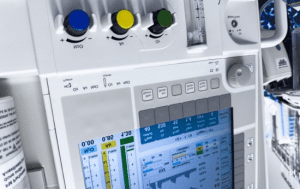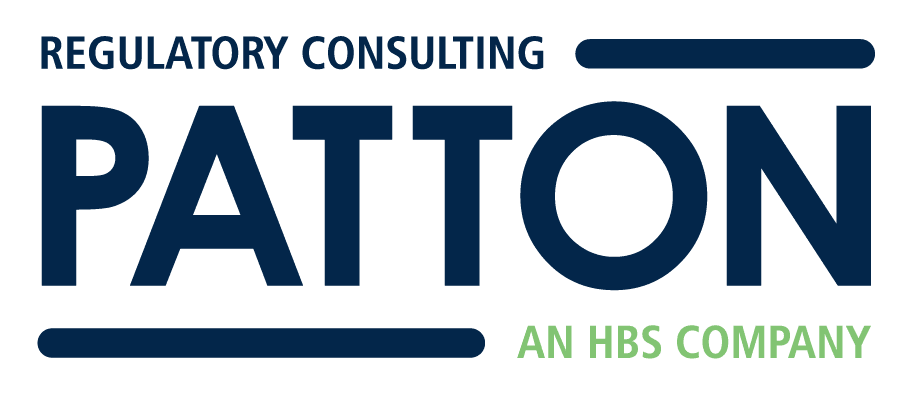What Are The Joint Commission’s Requirements for Anesthetic Gas Storage in the Pharmacy?
Anesthetic gases are essential tools in modern healthcare. While we often think of them in the context of the operating room (OR), their journey begins in the pharmacy or sterile supply. This raises a question for pharmacy and environmental care leaders: What are the requirements for storing these agents in the pharmacy, and what will The Joint Commission (TJC) expect to see?
Requirements for Anesthetic Gas Storage in the Pharmacy
Unfortunately, there are no requirements for anesthetic gas storage nor explicit standards from The Joint Commission. In addition, although organizations like NIOSH published an official list of hazardous medications in 2016 and released a new list in 2024, none of the three common agents, isoflurane, desflurane and sevoflurane, were not on it. The OSHA publication “Anesthetic Gases: Guidelines for Workplace Exposures,” provides detailed guidance for managing inhaled anesthetic gases in the OR, and how to manage it in the event of a spill in storage. We recommend you review it.
The Proactive Path: Applying a Risk-Based Strategy
Since The Joint Commission has no specific standard for pharmacy storage, they will look to the organization to have a thoughtful, well-documented risk assessment and mitigation strategy in place.
We recommend considering the following best practices:
- Treat Them Like a Hazard: While not on the NIOSH list, the safest and most defensible position is to treat these agents with a similar level of precaution as hazardous medications. Consider handling them in a controlled environment.
- Receiving: Conduct the receiving and unpacking of these agents in a negative or neutral pressure area to contain any potential leaks or vapors.
- Storage: Store them in a negative pressure room with external exhaust. This containment strategy helps ensure that if a bottle were to leak, the vapors are safely removed from the building and do not expose pharmacy staff or circulate through the hospital’s HVAC system.
- Conduct a Documented Risk Assessment: A well-documented risk assessment is your primary defense in the absence of an explicit standard. This document should:
- Identify the specific risks associated with anesthetic gas storage and dispensing in your facility.
- Outline the mitigation strategies you have implemented (e.g., negative pressure storage, staff training, specific handling procedures).
- Reference external guidance, such as OSHA’s “Anesthetic Gases: Guidelines for Workplace Exposures,” to demonstrate that your policies are grounded in recognized safety principles.
TJC’s Evolving Focus – From Safety to Sustainability
While we have not seen The Joint Commission focus heavily on scoring the storage of these agents, their interest in the topic is growing. Since 2022, TJC has published multiple articles highlighting the environmental carbon emission hazards associated with the use of these gases. This shift in focus is important because TJC does not make a distinction in safety standards between clinical use and any other point in the supply chain.
Is Your Hospital Ready for a Joint Commission Survey?
In the absence of clear, explicit guidance, your organization’s best strategy is to be proactive. Document a thorough risk assessment, implement mitigation strategies based on recognized safety principles, and ensure that your entire process is designed to limit exposures and minimize risks.
Patton Healthcare Consulting specializes in helping healthcare organizations navigate complex and often ambiguous compliance standards. We can help you conduct a risk assessment, develop a robust mitigation strategy, and ensure your policies and procedures are survey-ready. Contact us to learn more.


Leave a Reply